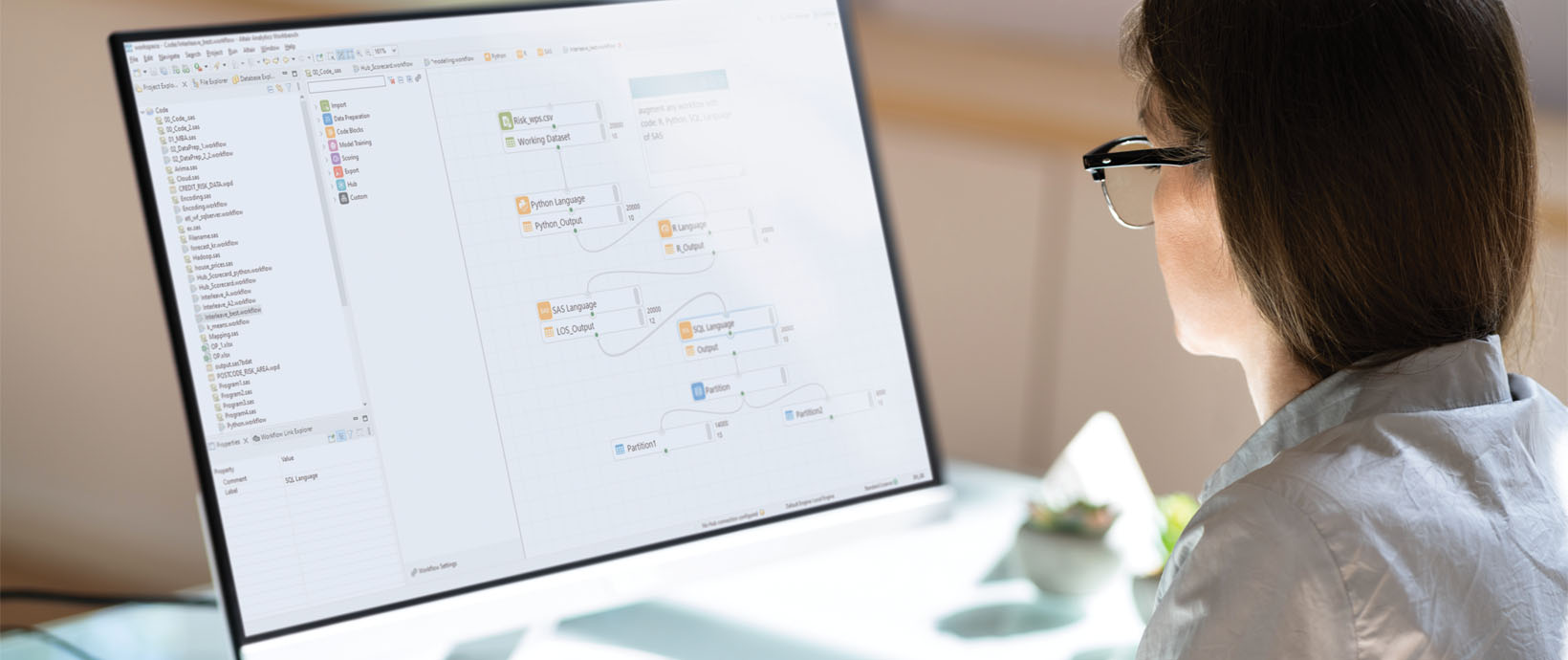A Data Science Chat with Dr. Ingo Mierswa
It’s no secret that Altair is thrilled about adding RapidMiner’s capabilities into our expansive product and service portfolio. The excitement compelled Altair CEO James Scapa to write an article highlighting this occasion, and it also compelled two others to write about it as well – SVP of Product Development Dr. Ingo Mierswa and Chief Technology Officer Sam Mahalingam. But the excitement started long before these articles. In fact, some of the earliest discussions about the combined possibilities of Altair and RapidMiner took place in a panel discussion a few months ago as part of our 2022 Future.Industry global event. In one of the main fireside chat panels, Dr. Mierswa and Mahalingam dove deep into what makes Altair and RapidMiner a perfect combination, and how the two will combine to transform the data analytics landscape.
Below is an extended excerpt from their data science discussion.
Future.Industry 2022 Panel Excerpt: "Altair + RapidMiner: Forward. Faster."
Srikanth “Sam” Mahalingam: Dr. Mierswa, let’s run down memory lane. What was the state of the state of the data analytics and machine learning market when you founded RapidMiner? How do you think it has evolved over the years?
Dr. Ingo Mierswa: Well, I was very lucky I had the chance to study at the University of Dortmund, which at the time had one of the largest, best computer science and statistics departments in Germany. Of course things were different then – we knew about machine learning, but there was no concept of the term “data science” yet, even though that’s exactly what they taught. Regardless, even basic data science projects by today’s standards, like churn prediction models, were pretty significant undertakings then. It was also still very difficult to communicate how models worked to non-data scientists – I remember trying to present the bare lines of code to a room full of people and I lost everyone in minutes. I knew then that I’d need to find ways to make machine learning and data science models understandable, flexible, repeatable, and more democratized; this became my objective with RapidMiner and it became core to our company vision.
SM: You mentioned it was important to develop understandable, repeatable models. RapidMiner pioneered low- and no-code visual workflows that make understanding models easier from both an operational and conceptual point of view. Now that AutoML is further democratizing models and making them easier to implement and replicate, what has been your thought process toward AutoML – specifically concerning how it builds trust in machine learning models and data science?
IM: RapidMiner features three “modalities” that accommodate users of all data and coding skill levels, from automatic features for novices to full-on tools for expert users – and we allow users to seamlessly move between these modalities. This makes it easy for all types of users – from business analysts to domain experts to expert data scientists – to use our product and trust the models they’re building. Additionally, we’ve implemented features that make models more explainable than ever. We did this because if you just spit out a model and tell a user how it’s doing, that doesn’t really give them insight into the model’s operation – which erodes trust. In our platform, we allow users to go under the hood and use visual workflows to walk through models step-by-step. This combination of having automated and semi-automated modalities – while still allowing users to see exactly how a model is working – is huge for users of all roles and skill levels. Most importantly, it builds organizational trust in data science and data scientists.
SM: Altair traditionally has a lot of customers in the manufacturing sector thanks to our simulation technology. What are some examples of use cases where the RapidMiner platform has helped customers in the manufacturing sector?
IM: My favorite use case was when we worked with a leading international tire manufacturer. Many people don’t realize how much goes into making tires, especially tires optimized for different seasons and conditions, like summer and winter tires. These companies must account for upcoming weather and climate forecasts, different road surfaces, regulations, and so on. It’s a lot of variables. Before today’s data science tools, companies would test tens of thousands of real tires in laboratories to determine what materials and designs were best. This took a lot of time, and also expended massive amounts of raw materials and energy. By implementing Internet of Things (IoT)-powered solutions and connected data science applications, tools that would allow them to predict, adjust, virtualize, and streamline testing, we helped them save huge amounts of time, money, and energy while reducing waste and carbon emissions. This is just one example of how data and connected digital ecosystems can transform the way we do things, even if we’ve done them the same way for years.
SM: Can you talk broadly about the value of Altair and RapidMiner coming together? What strengths does RapidMiner bring to the table, and how will RapidMiner’s technology further Altair’s vision?
IM: By merging, we’re now the only ones who can deliver unrivaled accelerators from concept to production – all under one roof. This is fantastic. We’re also the only company that can bridge legacy data data analytics solutions solutions – like those of the SAS language and part of Python – and modernize them without needing to overhaul existing infrastructures and investments. All of this provides immense value for customers and makes us a one-of-a-kind company.
Click here to watch the full data science conversation between Dr. Mierswa and Mahalingam, and to learn how adding RapidMiner and its excellent team and technology will redefine the modern data analytics landscape. Click here to learn more about Altair’s data analytics capabilities.




